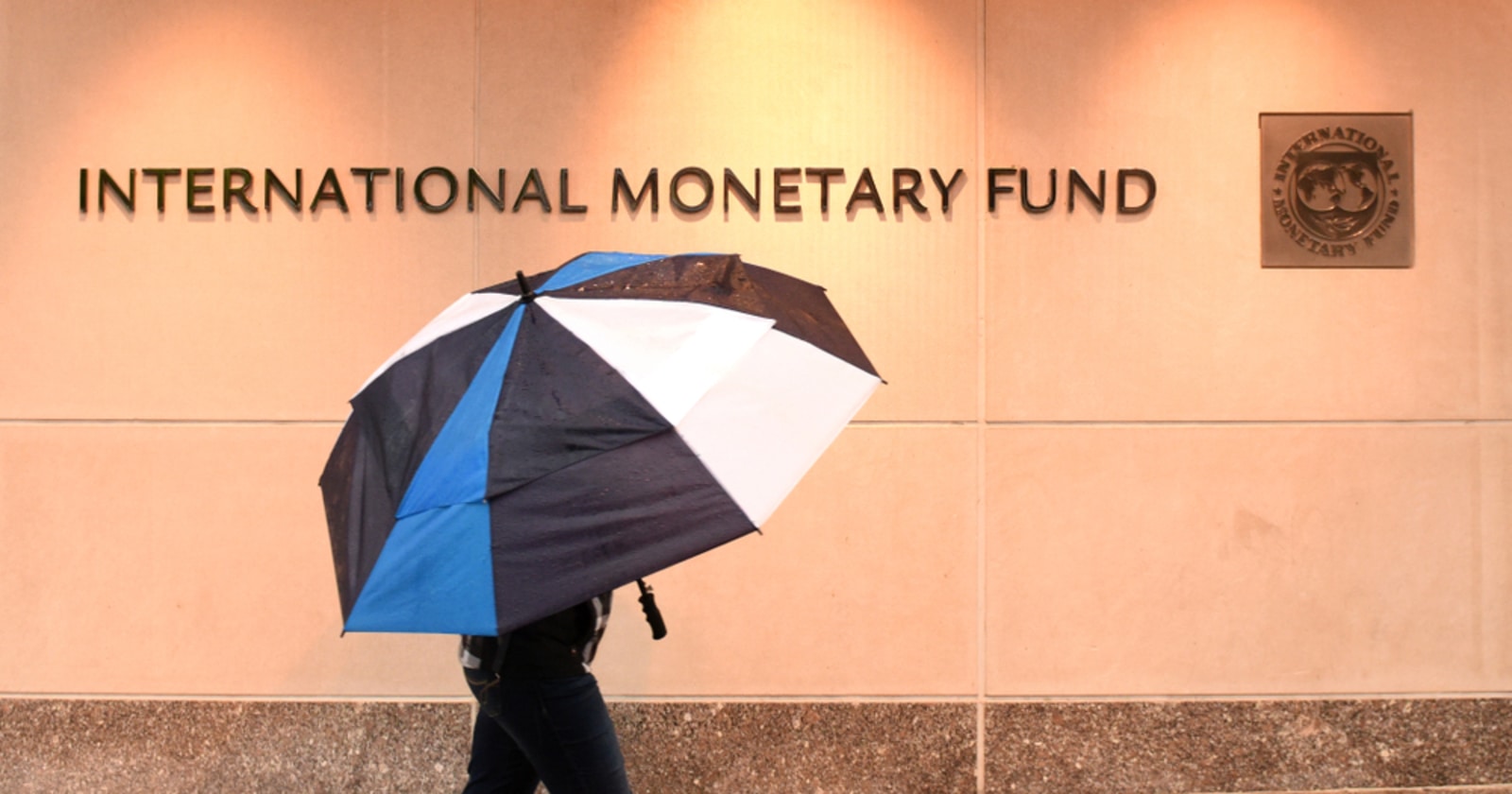IMF Believes Central Banks Need Strong Legal Frameworks for CBDCs to Work
Brian Njuguna Nov 21, 2020 16:00
The issuance of CBDCs by apex global banks has become a hot topic in the crypto space, and the IMF has delved into it with some precautionary measures.

The issuance of central bank digital currencies (CBDCs) by apex global banks has become a hot topic in the crypto space, and the International Monetary Fund (IMF) has delved into it with some precautionary measures.

The IMF believes that strong legal frameworks are necessitated because CBDCs pose reputational, financial, and legal risks for central banks.
A race against time
The issuance of CBDCs seems to be a race against time because, in the eyes of many nations, owning a CBDC is instrumental in having control of the global markets. This can be shown by the fact that the Bank for International Settlements (BIS), along with seven central banks, recently released a report identifying the foundational principles necessary for any publicly available CBDCs to help central banks meet their public policy objectives.
The IMF has, however, advised central banks to tread with caution because they may be jumping the gun by overlooking some essential legal frameworks needed for a CBDC to work. The global monetary organization noted:
“First, most central bank laws do not currently authorize the issuance of CBDC to the general public. Second, from a monetary law perspective, it is not evident that “currency” status can be attributed to CBDC.”
Monetary law poses some challenges
The IMF affirmed that the monetary law is not straightforward because it triggers fundamental legal policy difficulties compared to the central bank law, which can be solved using simple reforms. Furthermore, it acknowledged that a CBDC’s design features will determine the outline of the legal framework.
Once rolled out, CBDCs are expected to drive the financial inclusion of nearly 1.7 billion people left out of the banking system. This is because CBDCs are digital assets, which are pegged to a real-world asset and backed by the central banks meaning that they represent a claim against the bank exactly the way banknotes work. Central banks will also be in full control of the supply.
Image source: Shutterstock
.jpg)

